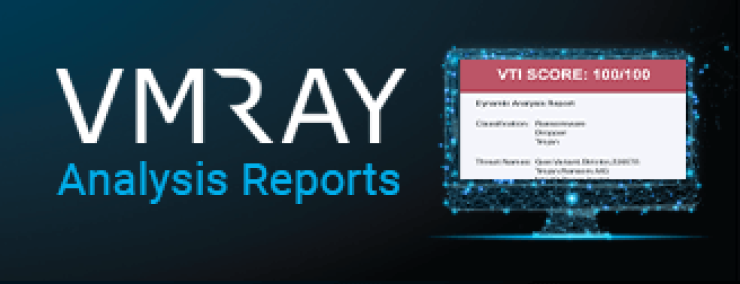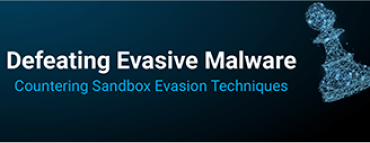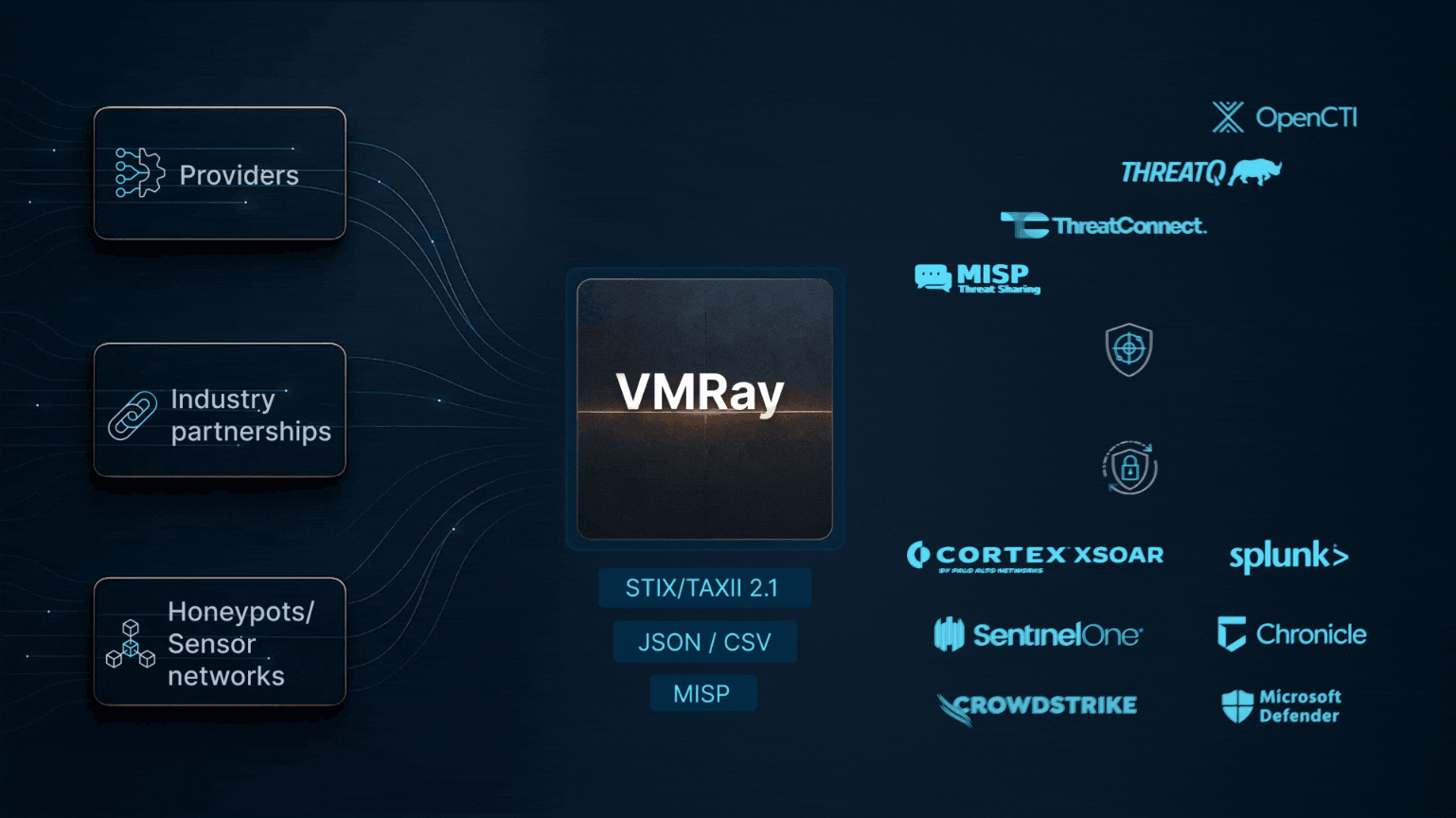
Integrating SOAR and VMRay Sandboxing Boost Cybersecurity
THE CUSTOMER
- A leading worldwide provider of premium automotive products and services.
THE CHALLENGE
- Successfully implement a major transition in cyber security infrastructure and staffing, in response to a corporate spinoff and during a period of rapid business growth.
SOLUTION FOCUS
- Support cyber security processes that are “harmonized, repeatable and scalable” by integrating VMRay’s sandbox capabilities with a commercial SOAR system.
SOLUTION BENEFITS
- Allow Incident Responders to access VMRay’s comprehensive analysis results directly from the SOAR.
- Add newly identified IOCs to threat intelligence within hours to detect and prevent identical threats from spreading.
- Support faster, more accurate decision-making by junior team members while building their expertise as incident responders.













